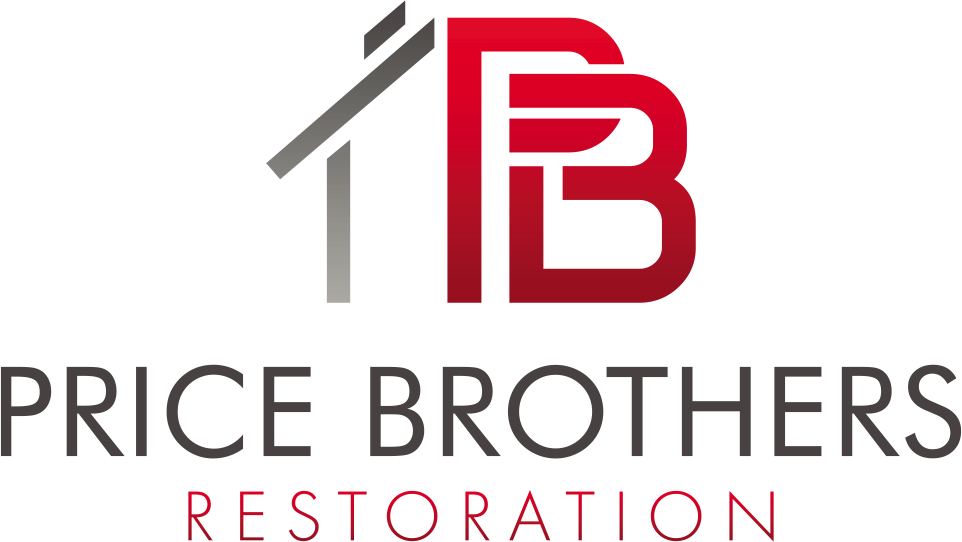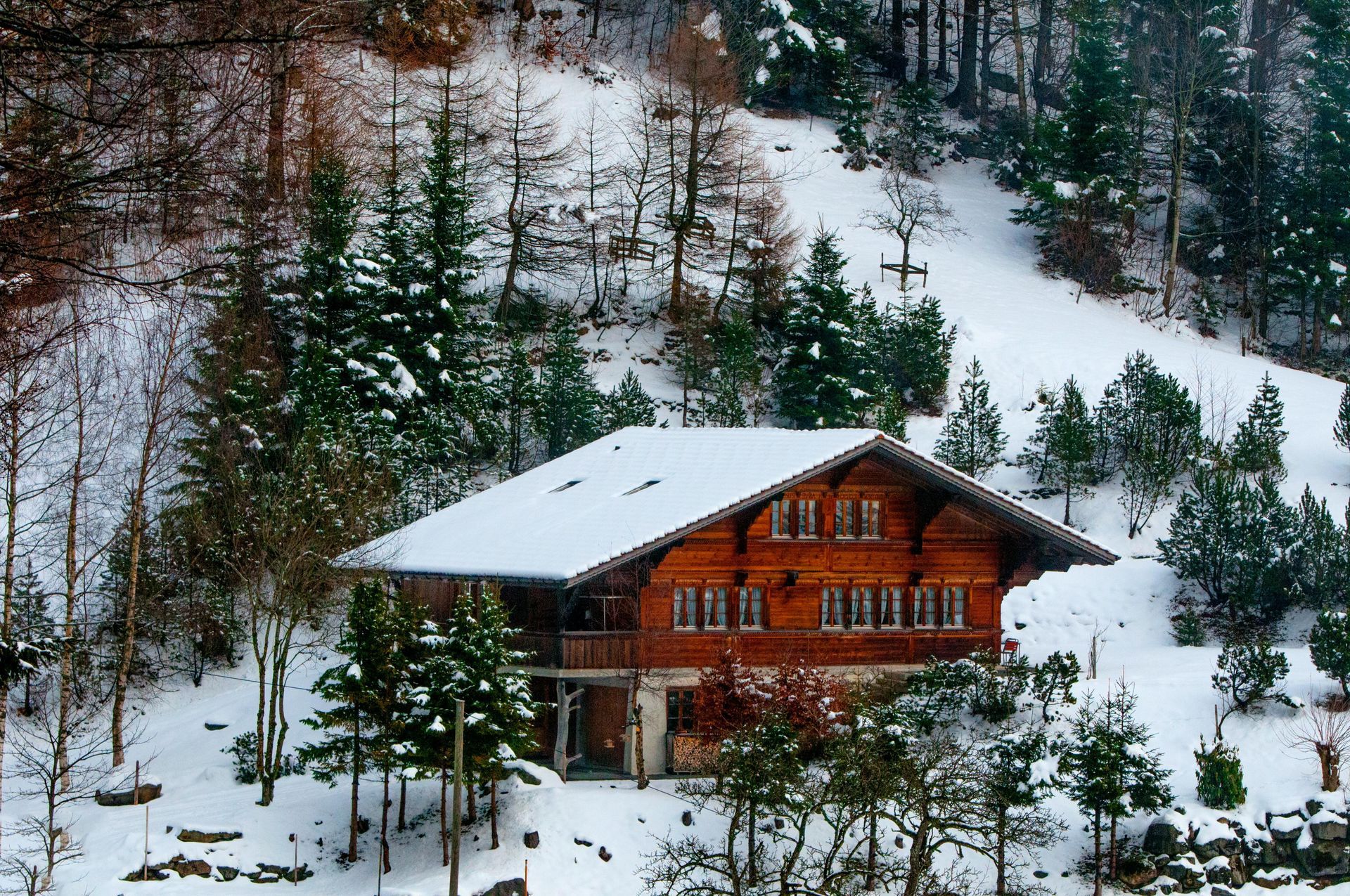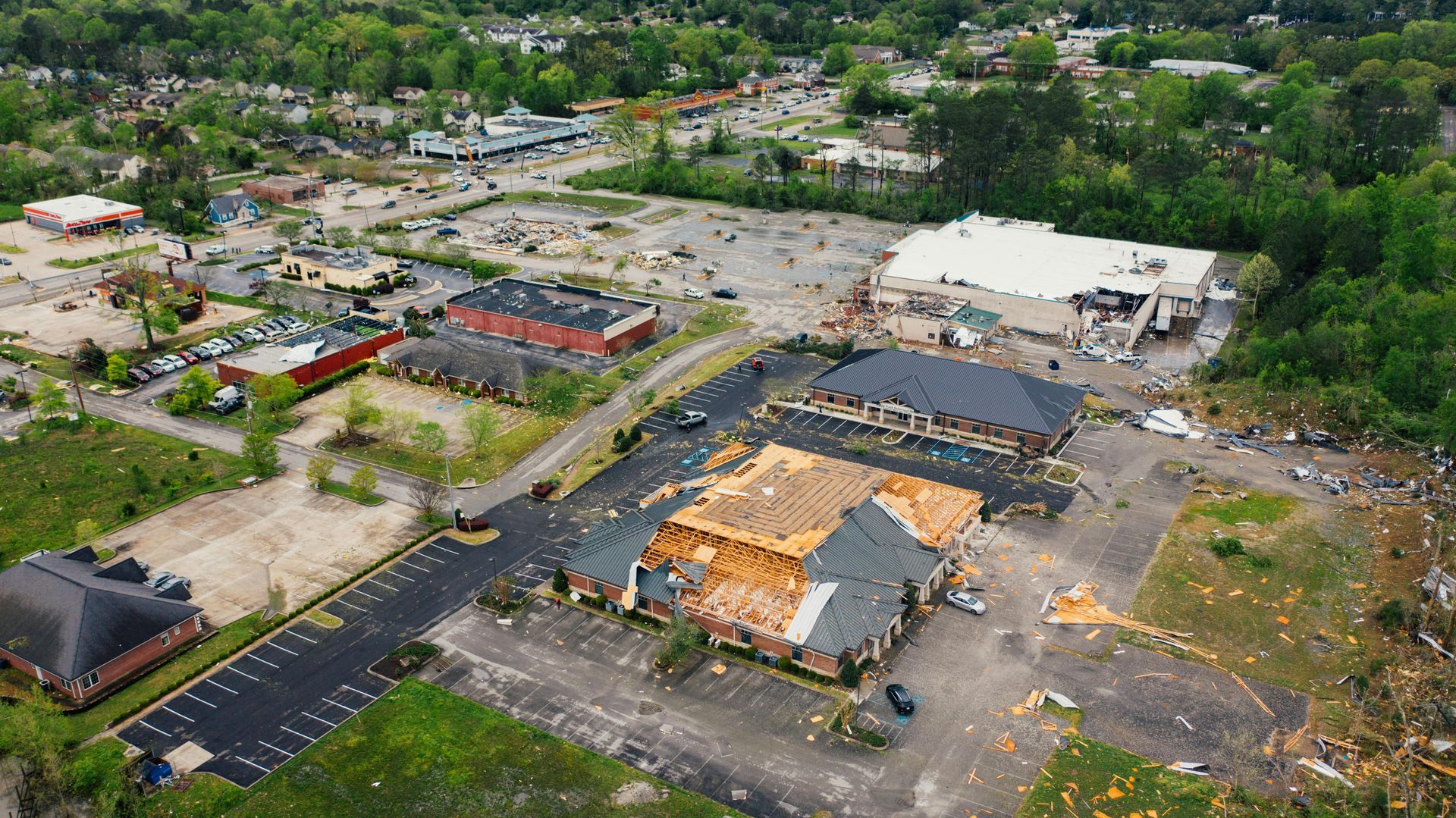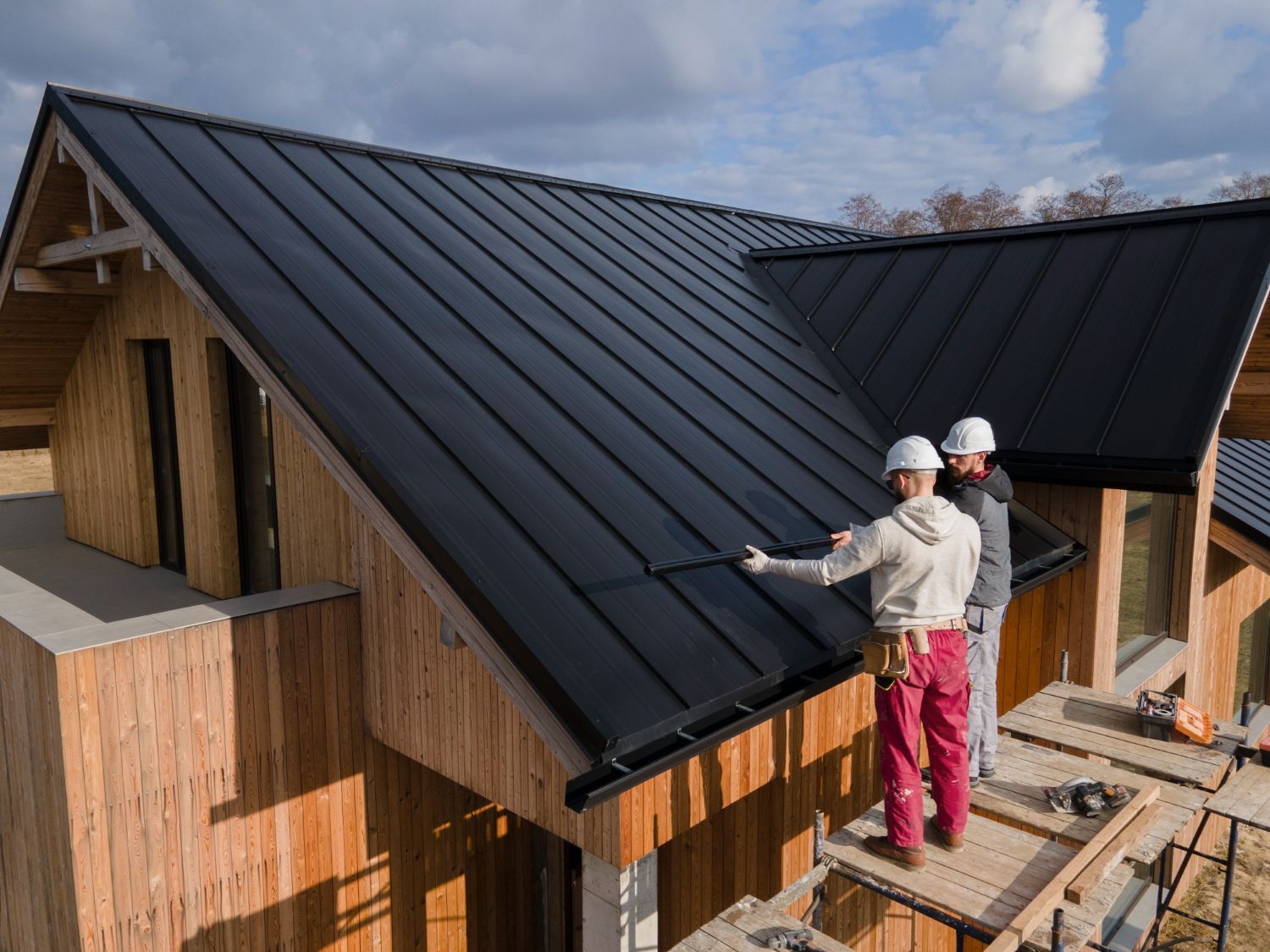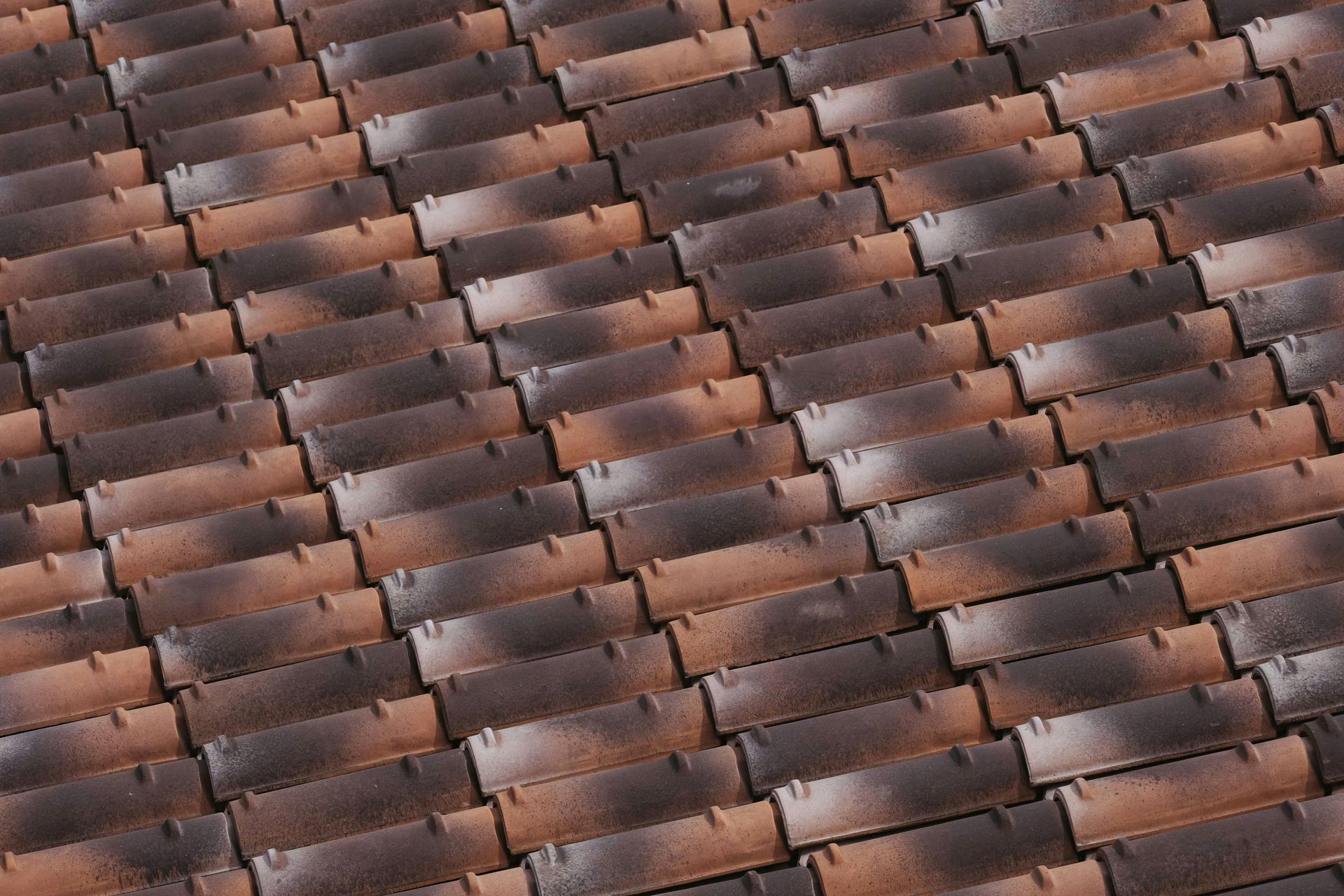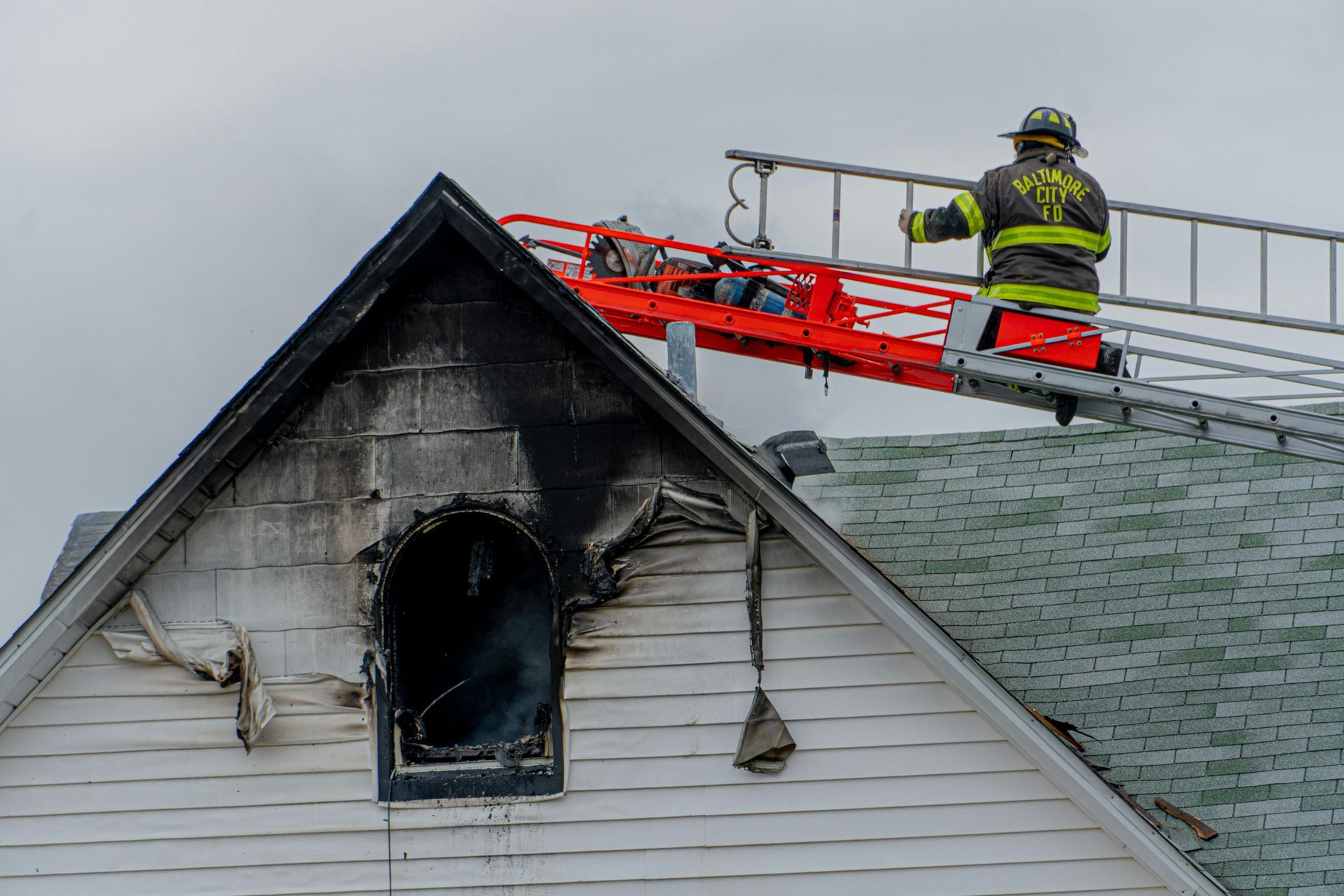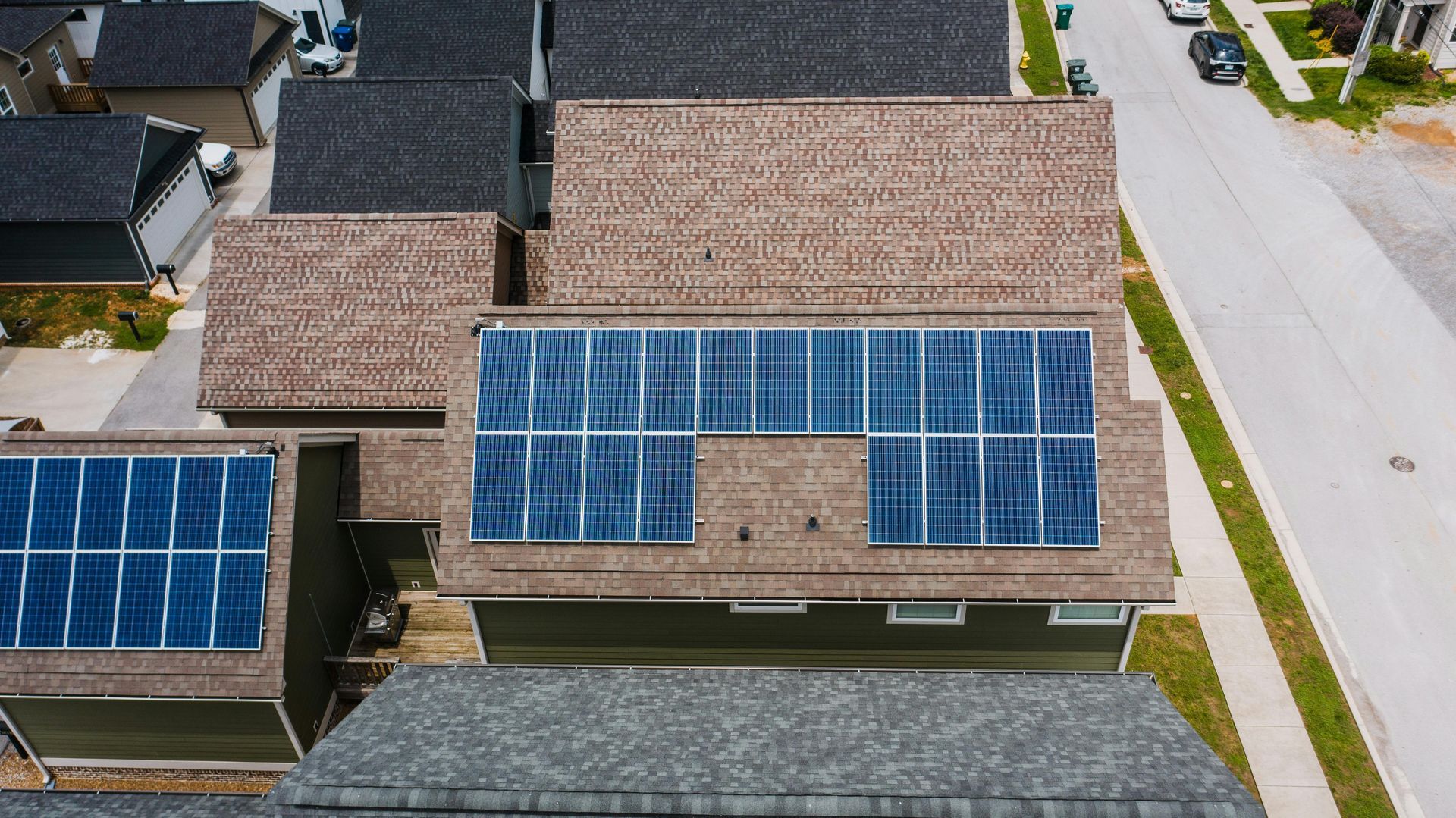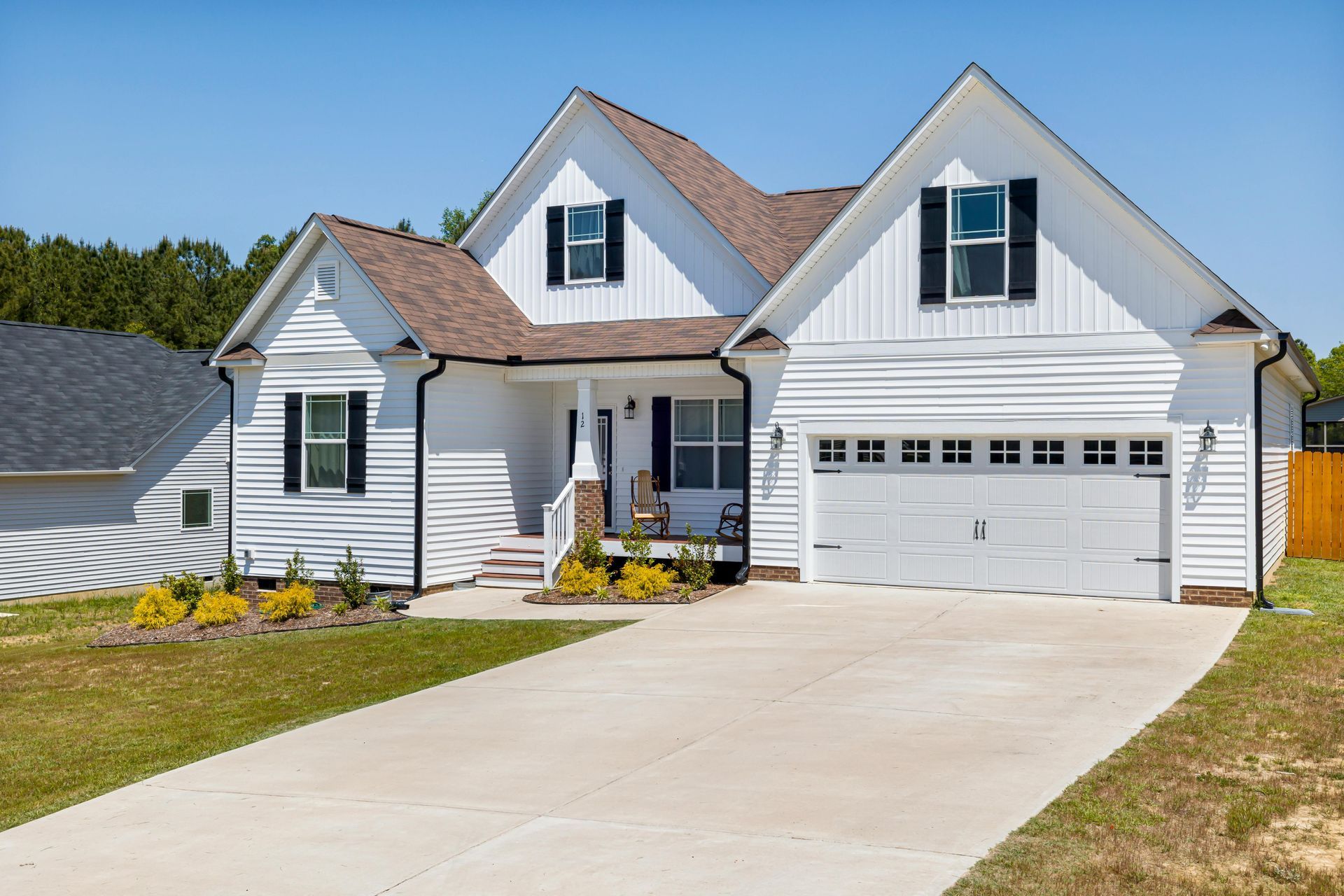What Is Chimney Flashing? Why It’s Essential for Your Roof
A well-protected roof is key to keeping your home safe from water damage, and chimney flashing plays a big role in that. Without it, rain, snow, and moisture can seep into the gaps around your chimney, leading to costly roof leaks and interior damage.
If you've ever noticed water stains on your ceiling near your fireplace, damaged chimney flashing could be the culprit. Understanding how flashing works—and knowing when it needs attention—can help you avoid expensive repairs down the road.
What Is Chimney Flashing and Why Does It Matter?
Chimney flashing is the protective barrier that seals the space where your chimney meets the roof. Because chimneys extend above the roofing surface, they create a natural gap that can let water in. Flashing bridges this gap, directing water away so it doesn’t leak into your home.
When chimney flashing is installed correctly, it helps:
- Prevent water damage to your attic, ceilings, and walls
- Protect the wood structure of your roof from rot
- Reduce the risk of mold and mildew buildup
- Improve the overall longevity of your roof
But like any other part of your home, flashing can wear out over time. When that happens, roof leaks aren’t far behind.
What Makes Up Chimney Flashing?
Flashing isn’t just one piece of material—it’s a system of layers designed to keep water out. Here’s how it works:
- Base Flashing – Installed at the base of the chimney, this piece integrates with the roof to create a tight seal.
- Counter Flashing – This piece is embedded into the chimney’s brickwork and overlaps the base flashing to provide extra protection.
- Step Flashing – Small, overlapping metal pieces installed along the sides of the chimney to channel water away.
- Sealant – High-quality roofing caulk or cement is used to seal any small gaps and reinforce the flashing.
When all these components work together, they create a
long-lasting defense against water infiltration.

Different Types of Chimney Flashing Materials
Not all flashing is created equal. The material used can impact how long it lasts and how well it holds up to the elements.
- Aluminum Flashing – Affordable and lightweight, but can corrode over time in coastal or high-moisture environments.
- Copper Flashing – One of the most durable options, known for its longevity and classic appearance. It’s more expensive but can last 50+ years.
- Steel Flashing – Galvanized steel is a solid mid-range option that’s resistant to rust but needs occasional maintenance.
- Lead Flashing – Very durable and flexible, often used in custom roofing applications.
If you’re not sure what type of flashing you have or if it needs replacing, a quick inspection by a Pickerington masonry contractor can provide clarity.
How to Tell If Your Chimney Flashing Needs Replacement
Chimney flashing won’t last forever, and once it starts to fail, your roof can develop serious leaks. Here are some common red flags:
Rust or Corrosion: If you see rust or holes in the metal, it’s a sign your flashing is breaking down.
Loose or Missing Flashing: If pieces are missing or lifting away from the chimney, water can seep underneath.
Water Stains or Ceiling Damage: Yellow or brown stains near the chimney inside your home are a big warning sign.
Mold or Musty Smells: Persistent moisture around the chimney can lead to mold growth and unpleasant odors.
Catching these issues early can save you thousands in roof repairs. A timely inspection by a roofer can help ensure your flashing and roofing system remain intact.
How Chimney Flashing Is Installed the Right Way
Proper installation is key to ensuring a leak-proof seal around your chimney. Here’s what a professional roofer will do:
- Remove any damaged flashing and clean the area.
- Install step flashing along the sides of the chimney, tucking it under the shingles.
- Secure base flashing to the lower part of the chimney and integrate it with the roof.
- Attach counter flashing, embedding it into the brick or masonry to overlap the base flashing.
- Seal all edges with roofing cement to create a watertight bond.
While DIY flashing repair might seem doable, small mistakes can lead to big leaks. Hiring a licensed roofing contractor ensures it’s done right the first time.
FAQ: Common Questions About Chimney Flashing
Q: How long does chimney flashing last?
A: It depends on the material and climate conditions. Aluminum and steel flashing typically last 15-30 years, while copper and lead can last 50+ years with proper maintenance.
Q: Can I fix chimney flashing myself?
A: It’s not recommended. Improperly installed flashing often leads to ongoing leaks, and repairing flashing requires knowledge of both roofing and masonry. A professional can ensure a tight, lasting seal.
Q: How much does chimney flashing repair cost?
A: Costs vary based on the size of your chimney, material used, and labor rates. On average, repairs range from $300-$800, while full replacements can cost $500-$2,500.
Why Professional Installation Matters
Flashing installation seems simple, but getting it wrong can cause major water damage. Common DIY mistakes include:
Using cheap sealants that
break down quickly
Failing to
embed counter flashing properly, leading to leaks
Not overlapping flashing
correctly, allowing water to seep in
At Price Brothers Restoration Services, we take the guesswork out of chimney flashing repairs and installations. Our team ensures your roof stays leak-free and protected for years to come. Whether you need flashing repairs or a storm damage restoration, we’re here to help.
Need Chimney Flashing Repair? Schedule an Inspection Today!
If you’re seeing signs of flashing failure or want peace of mind that your roof is protected, don’t wait until a leak becomes a major issue.
At Price Brothers Restoration Services, we specialize in chimney flashing installation, repairs, and full roof replacements for homeowners Central Ohio.
Call us today to schedule an inspection and protect your home from leaks!
